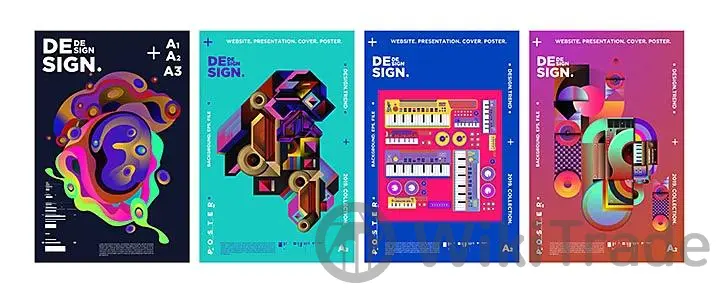What is an nft artwork
Abstract: NFTs, or Non-Fungible Tokens, have taken the world by storm, becoming a hot topic across various industries. These unique digital assets on the blockchain are revolutionizing digital ownership and changing how we view and trade digital goods.
Why the Buzz Around NFTs?
The popularity of NFTs stems from their ability to offer groundbreaking possibilities in digital ownership. Unlike cryptocurrencies like Bitcoin or Ethereum, NFTs are one-of-a-kind and cannot be interchanged. They can represent anything from art and music to collectibles and virtual properties.

Benefits for Creators and Artists
NFTs allow creators to monetize their digital work in new ways, selling directly to collectors and enthusiasts while retaining ownership. They also provide legitimacy and provenance in the digital world, with each NFT linked to an immutable record of ownership on the blockchain, ensuring transparency and preventing forgery.
What is NFT and How Do They Work?
An NFT is a digital asset that exists on a blockchain, with unique metadata and identification codes that make it one-of-a-kind. Unlike fungible items, NFTs are non-replaceable and独一无二的, making them valuable in the digital art space.

Uses of NFTs
NFTs offer exciting opportunities for creators and digital artists, providing a platform for instant sharing with fewer limitations than traditional art. They also enable artists to copyright their work easily, eliminating plagiarism fears.
NFTs can take various forms, including digital art images, GIFs, animations, memes, virtual avatars, videos, and music. Anyone with the right tools and creativity can create NFTs.
NFT Art and Its Appeal
NFT art is a form of digital art that is truly unique, allowing creators to take ownership of their work in a new way. Creating NFT art enables artists to make their art collectible, retain full ownership and creative rights, and share their work more easily online.

Getting Started with NFT Art
To create NFT art, decide on your design, choose the right software, create your piece, and export it. Then, choose a blockchain and an NFT platform to share your art with the world.
Differences and Considerations
NFT art differs from traditional art in terms of storage, selling venues, audience, and market volatility. While NFT art can be more profitable due to the ability to earn royalties on resales, it also comes with potential drawbacks such as energy usage, legal rights, and ethical dilemmas.

Converting Traditional Art to NFTs
Traditional artists can convert their work into NFTs by digitizing it and listing it on an NFT marketplace. This involves taking photos or scans of the artwork and setting selling rules on a chosen blockchain and market.
Selling NFT Art
To sell NFT art, understand the digital art market, develop social media skills, create digital art, and learn software like Adobe Photoshop. The process of making and selling an NFT involves minting the token, which requires creating smart contracts using cryptocurrency.

Notable NFT Examples
- Beeple's “Everydays: The First 5000 Days” sold for $69 million, marking a significant milestone for digital artists.
- William Shatner sold 125,000 units of his personal memorabilia in 9 minutes.
- Grimes made $5.8 million selling her “WarNymph” collection of digital assets.
The NFT Market: Boom and Bust
The NFT market experienced a dramatic rise and fall, influenced by factors such as novelty, speculative hype, economic uncertainty, and the decline in the cryptocurrency market. As the market stabilizes, the focus shifts to the true value and potential of NFTs in the digital art space.




Top News
 WikiTrade
WikiTrade WikiTrade
WikiTrade WikiTrade
WikiTrade WikiTrade
WikiTrade WikiTrade
WikiTrade WikiTrade
WikiTrade WikiTrade
WikiTrade WikiTrade
WikiTrade WikiTrade
WikiTrade WikiTrade
WikiTrade

